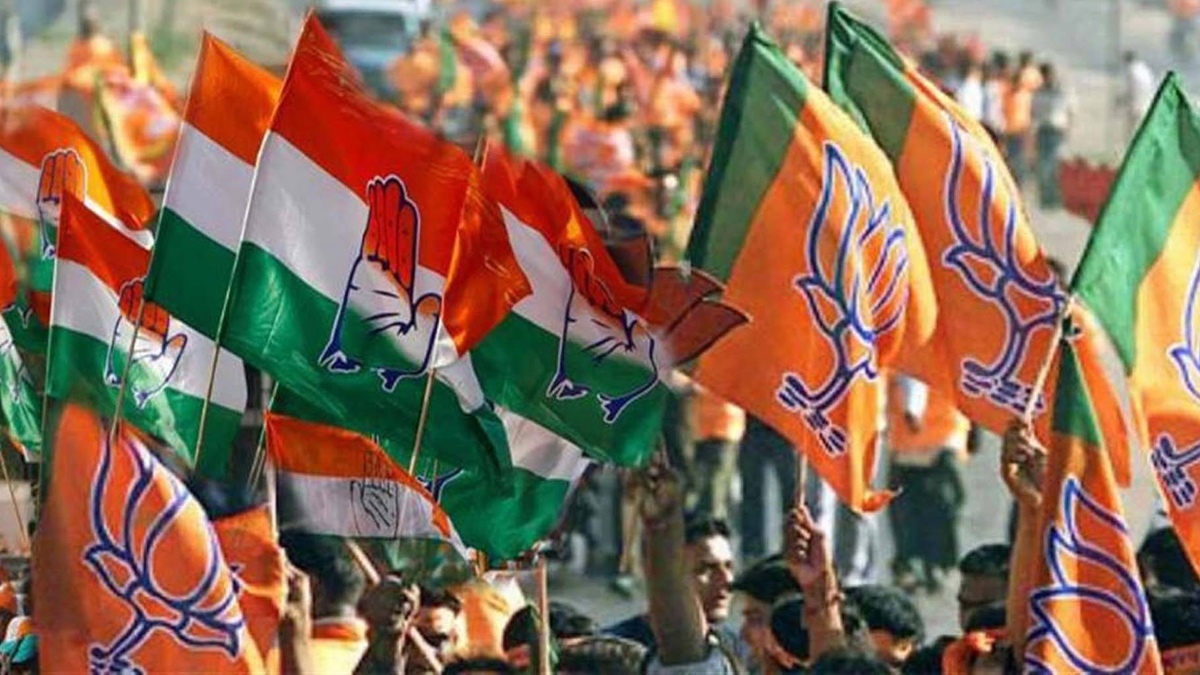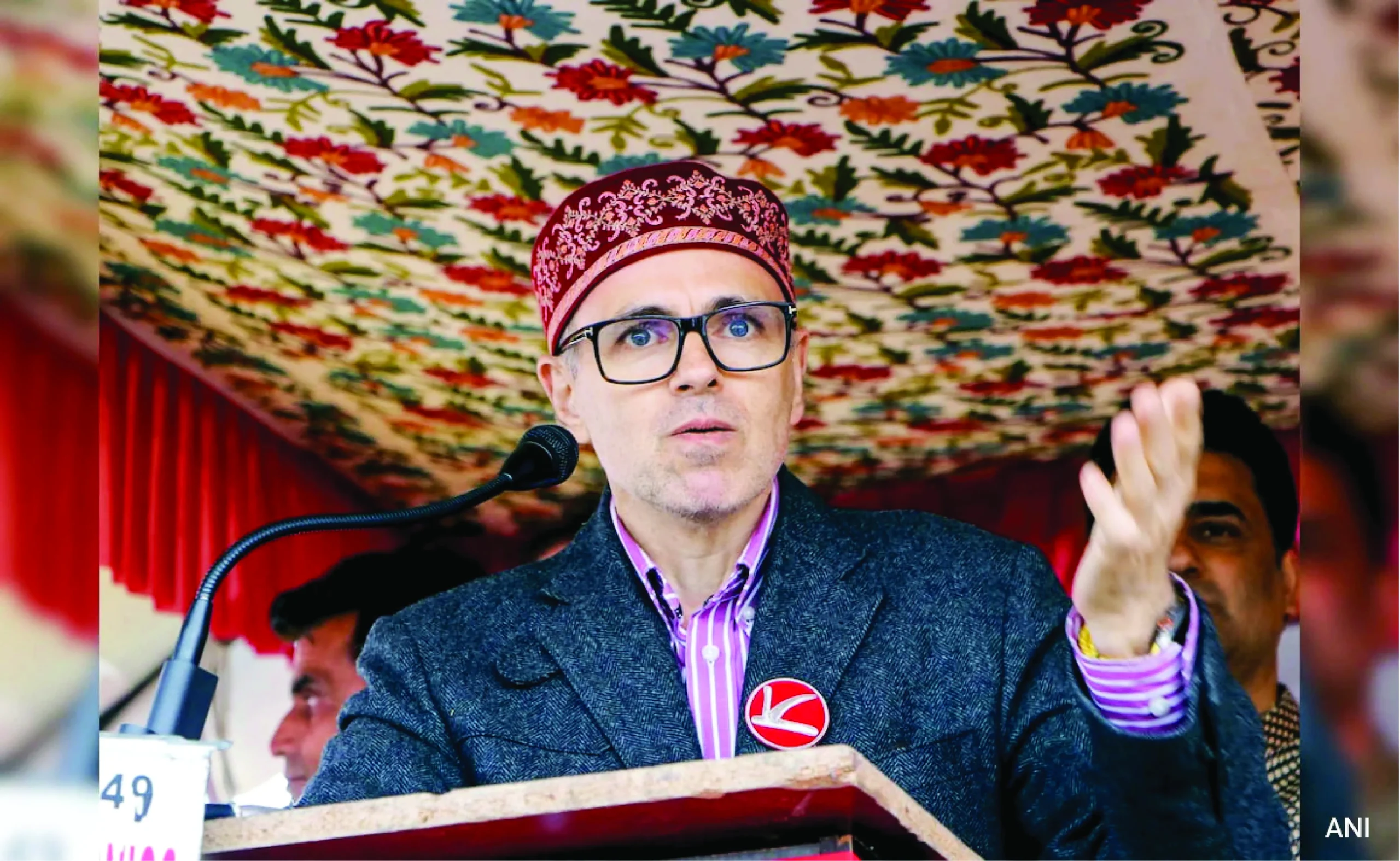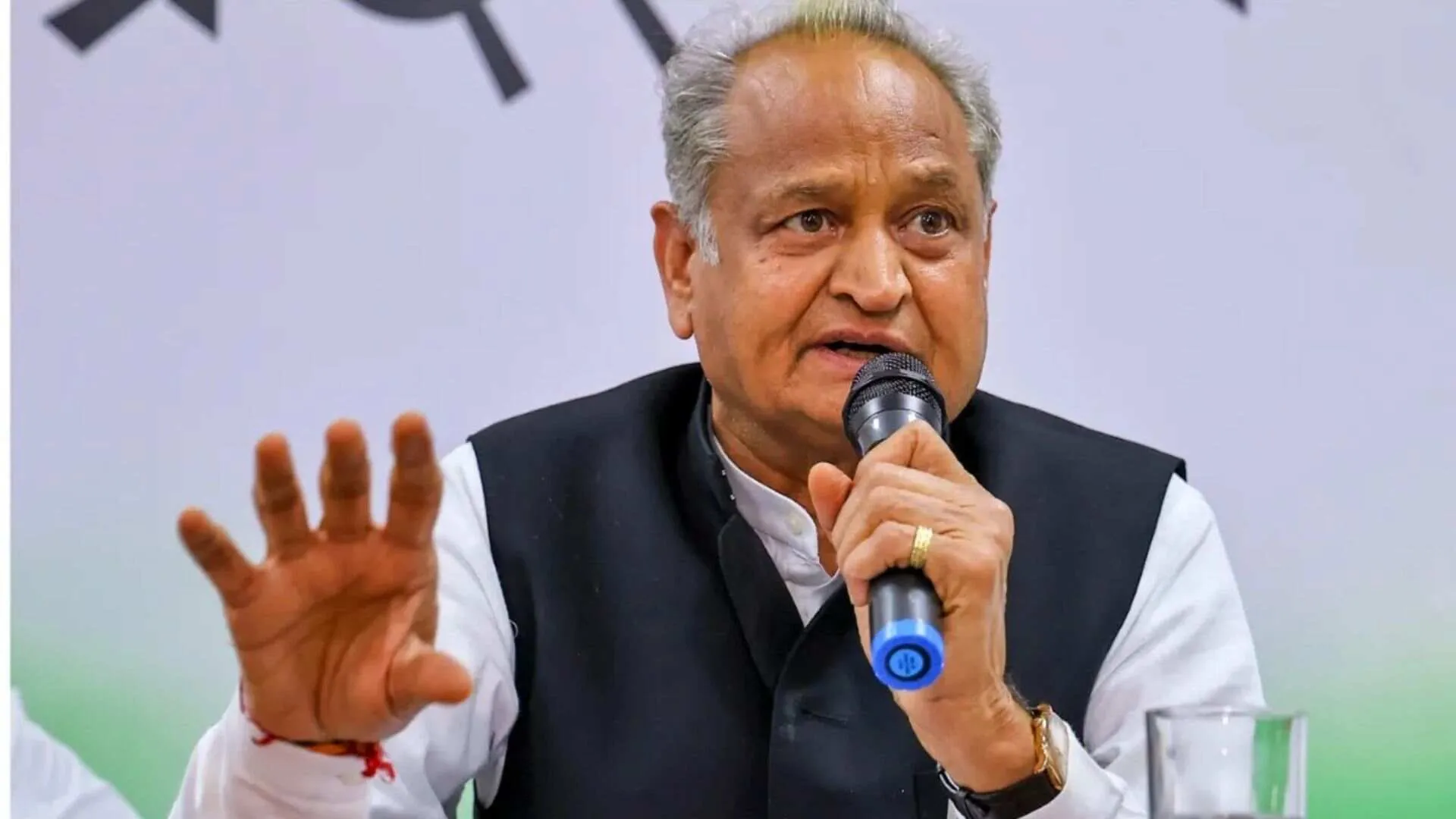PM Modi, in his speech in Parliament, last year, outlined why it was not tenable to have Indian Administrative Service officers (“babus”) run enterprises of all kinds. During the run-up to the 2014 election too, Modi repeatedly emphasized that the government has no business to be in business. And while the pace of disinvestment and privatisation have been the subjects of much debate, there seems to be a clear policy push based on this worldview. The pandemic has also provided the government a reason, and an opportunity, to push ahead with larger second-generation structural reforms.
But the privatisation announcements have also led to a backlash — with Opposition parties and trade unions, in particular, raising issues of crony capitalism, undermining of worker rights, and employment prospects. Needless to add, however, that all these allegations by a fractious Opposition are completely baseless. Decades back, the balance of payment (BoP) crisis in the early 1990s changed the official narrative about PSUs — from “temples of modern India” to “the government has no business to be in business”. To bring the economy back on track, the then PM, PV Narasimha Rao’s government (June 21, 1991- May 16, 1996) launched measures to end the era of license-quota raj and encourage privatisation.
The Congress government, which mopped up a sum of Rs 2500 crore in 1991-92 through disinvestment of equity holdings in PSUs, made it clear that it would pursue the process of gradual disinvestment of government’s stake from public sector enterprises. “The disinvestment in public sector equity undertaken in the current year [1991-92] has been successfully completed. There is scope for continuing this process in 1992-93 with a view to raising non-inflationary resources for development,” the then Finance Minister Manmohan Singh said, in his Budget speech on February 29, 1992. If raising resources via disinvestment was right in 1992, why is it wrong in 2022? The rabid hypocrisy of Congress is out in the open. It opposes privatisation today, only because it is no longer in power.
The industrial policy announced on July 24, 1991 had already paved the way for privatisation: “Government will endeavour to abolish the monopoly of any sector or any individual enterprise in any field of manufacture, except on strategic or military considerations and open all manufacturing activity to competition.” The message of the industrial policy to PSUs was clear — perform or perish. Finance minister Singh gave out a revised disinvestment target in 1992-93 was of Rs 3500 crore. Equity varying between 5% and 20% in selected PSUs was disinvested in two phases — December 1991 and February 1992. The process continued and the target increased to Rs 7000 crore for 1995-96. In the three financial years ending March 31, 1995, the then Central government divested its equity stake by 0.26% in Indian Railways Construction Co. Ltd and by 31.46% in Bharat Heavy Electricals Ltd. In all, 39 PSUs saw disinvestment in some measure or the other to mop up Rs 9793 crore. By then, disinvestment was already an integral part of the economic policies of successive governments.
After assuming the charge in June 1996, the HD Deve Gowda government set up a Disinvestment Commission under GV Ramakrishna and 40 PSUs were referred to it for advice, which submitted its first report on February 21, 1997. The then Finance minister, P Chidambaram said in his Budget speech on February 28, 1997: “The Commission has submitted its first report. It has made specific recommendations in respect of three companies. We intend to proceed with the disinvestment in these companies along the lines suggested by the Commission.” If Chidambaram thought disinvestment was a correct economic policy stance way back in 1997, why is he maligning the Modi government for doing the same in 2022? The simple answer is again this: Congress chooses to oppose anything that PM Modi does, driven by no logic but only by a visceral hatred for the Modi government, as the Congress scion Rahul Gandhi realises he has been electorally vanquished for good.
The Atal Bihari Vajpayee government classified PSUs into two categories — strategic and non-strategic and decided to gradually offload its stake in non-strategic firms. Presenting the first Budget of the Vajpayee government on June 1, 1998, the then Finance Minister Yashwant Sinha said, “Government has also decided that in the generality of cases, the government shareholding in public sector enterprises will be brought down to 26%. In cases of public sector enterprises involving strategic considerations, the government will continue to retain majority holding.” Today the same Yashwant Sinha, who is now a member of TMC and no longer with the BJP, accuses the Modi government of selling off India’s crown jewels, which is again, just another preposterous allegation. If disinvestment was good when Yashwant Sinha was the FM, how can it be bad, now that Nirmala Sitharaman is the FM?
Finance Minister Sinha kept a disinvestment target of Rs 10,000 crore in 1999-2000. “This will help the government to fund the requirements of social and infrastructure sectors. Equally important, it will lead to improvements in productivity and profitability of these enterprises and also to the further development of domestic capital markets,” he said on February 27, 1999. The next Budget (2000-01), for the first time, used the word privatisation along with disinvestment, under Sinha. What a sad commentary of affairs that the TMC of which Sinha is a part of today, indulges in rabble-rousing against the Modi government, while hailing Sinha’s economic policies of yore! So when Sinha did it, privatisation was right, but today when Nirmala Sitharaman does it, privatisation becomes an anathema! Why?
“The procedure for privatisation of public sector enterprises has now been considerably streamlined. To maximise returns to the government, our approach has shifted from the disinvestment of small lots of shares to strategic sales of blocks of shares to strategic investors,” Sinha said while delivering his Budget speech on February 28, 2001. By then, the government approved the privatisation of 27 companies. These companies included among others, , Air India and Maruti Udyog Ltd. By February 2002, the government completed strategic sales in seven public sector companies and some hotel properties of the Hotel Corporation of India (HCI) and the India Tourism Development Corporation (ITDC).
Between 2001 and 2004, under the Vajpayee government and before the Congress took charge, India saw disinvestments of government’s stake in several companies, including strategic sale of Bharat Aluminium Co Ltd, CMC Ltd, Hindustan Zinc Ltd, three properties of HCI, 18 properties of ITDC, Indian Petrochemicals Corp Ltd (IPCL) and Paradeep Phosphates Ltd, with a total collection of a little less than Rs 21,200 crore.
The Manmohan Singh-led United Progressive Alliance (UPA), which had a significant presence of the Left parties, assumed power in mid-2004, actually had disinvestment of PSUs, enshrined in the National Common Minimum Programme (NCMP). Today that very Chidambaram and rabid Leftists are throwing baseless insinuations, that the Modi government is selling PSUs for a pittance, which is false. “Disinvestment and privatisation are useful economic tools. We will selectively employ these tools, consistent with the declared policy. As a first step, I propose to establish a Board for Reconstruction of Public Sector Enterprises (BRPSE). The Board will advise the government on the measures to be taken to restructure PSEs, including cases where disinvestment or closure or sale is justified,” said Chidambaram, as the FM, in the first Budget of the Manmohan Singh government on July 8, 2004. Chidambaram also announced selling a minority stake (5%) in Navaratna company NTPC Ltd to raise about Rs 4000 crore. In November 2007, the Congress government constituted the National Investment Fund (NIF) into which the proceeds from disinvestment of government equity in central public sector enterprises (CPSEs) were deposited. It was said that three-quarters of the annual income of the NIF would be used to finance select social sector schemes that promoted education, health, and employment. However, it is a different story altogether that disinvestment took a backseat in the first term of the Manmohan Singh government, and the money raised by NIF was frittered away by a corrupt Congress regime. The word disinvestment came back again under an inept Congress dispensation, in the interim Budget speech of then Finance Minister, Pranab Mukherjee, on February 16, 2009. He informed the House that a corpus of Rs 1815 crore could be collected in the NIF as on December 31, 2008.
The UPA-2 in 2011-12, under Pranab as FM, raised the disinvestment target to Rs 40,000 crore, but could not manage even half of it, putting thereby, pressure on the fiscal deficit.“The combined effect of lower tax and disinvestment receipts and higher expenditure, mainly on account of subsidies, has pushed the fiscal deficit to 5.9% of GDP in the Revised Estimates for 2011-12,” Mukherjee said in his Budget speech on March 16, 2012. The Narendra Modi government, which came to power in mid-2014 with a massive mandate, took a comprehensive policy for disinvestment by rechristening the administrative arm as the Department of Investment and Public Asset Management (DIPAM).In his Budget speech on February 29, 2016, Finance Minister Arun Jaitley said, “We will adopt a comprehensive approach for efficient management of government investment in CPSEs by addressing issues such as capital restructuring, dividend, bonus shares, etc. The Department of Disinvestment is being renamed as the ‘Department of Investment and Public Asset Management (DIPAM)’.” The department formally started functioning on April 14, that year. Jaitley also laid the basic contours of the government’s disinvestment policy. It was no longer limited to strategic sale or dilution of the government’s minority stake in the company. It also included monetisation of assets owned by CPSEs. “We have to leverage the assets of CPSEs for generation of resources for investment in new projects. We will encourage CPSEs to divest individual assets like land, manufacturing units, etc. to release their asset value for making investment in new projects,” Jaitley said, on February 29, 2016.
There was another structural change, the NITI Aayog took the place of erstwhile Disinvestment Commission, in identifying the CPSEs for strategic sale. Besides, the disinvestment targets became increasingly ambitious and achievable too. The Budget target for 2020-21 was R 2.10 lakh crore, but it was revised to Rs 32,000 crore mainly due to adverse market conditions because of the Covid-19 pandemic. Finance Minister Nirmala Sitharaman, on February 1, 2021, announced an elaborate roadmap for disinvestment in the coming fiscal year. “In spite of Covid-19, we have kept working towards strategic disinvestment. Several transactions namely BPCL, Air India, Shipping Corporation of India, Container Corporation of India, IDBI Bank, BEML, Pawan Hans, Neelachal Ispat Nigam limited among others would be completed in 2021-22,” she said in her Budget speech, that year. She said, besides IDBI Bank, the government would take up the privatisation of two public sector banks and one general insurance company in 2021-22. Sitharaman announced a clear roadmap for disinvestment of all non-strategic and strategic firms. “We have kept four areas that are strategic where bare minimum CPSEs will be maintained and rest privatised. In the remaining sectors all CPSEs will be privatised,” she said. To cut to the chase, barring the COVID years, the Modi government’s achievement of disinvestment-related targets has been always on track, and that in turn ensured that the fiscal deficit was largely under 4.5% during PM Modi’s first term in office, which is again great news.
Coming back to the Congress, Indira Gandhi followed Nehru’s wrong footsteps. With effect from July 1969, she nationalised 14 banks through the Banking Companies (Acquisition and Transfer of Undertakings) Act. The law to that effect was enacted in March 1970. The so-called reasons for this nationalisation were to provide accelerated credit to agriculture, encourage small industry and boost exports. Unfortunately, none of these objectives were realised. Despite this policy disaster, Indira followed it up with another round of bank nationalisation in 1980, leading to the nationalisation of six more banks. Indira Gandhi also nationalised general insurance in 1972, via the General Insurance Business (Nationalisation) Act, 1972. She also nationalised coal mines and Coal India Limited (CIL) in 1973. Again, it is the Modi government that last year, denationalised CIL, to incentivise productivity and disincentive inefficiency.
Air India has come full circle, back into the arms of its founders, the Tatas. A bold and brave move by the Modi government and if done right, the deal could, in the long run, prove to be bountiful for the new owners too. Air India was founded by industrialist and aviator J.R.D. Tata in 1932 as Tata Airlines. In 1953 when the then government of Jawaharlal Nehru nationalised Air India, JRD fought valiantly against it. However, Nehru, a very bad listener who rarely listened to good advice, went ahead and decided to nationalise it, despite the fact that Air India was a solid, profit-making airline in 1953. What is worse, Nehru summarily merged a profit-making Air India with a bunch of other loss-making airlines, forming a large and clumsy State corporation that was destined to fail, right from the start. Almost seven decades after it was nationalised, with Air India now going back to the Tatas, Prime Minister Narendra Modi has showcased why he is both a staunch welfarist and a straight talking, outstanding reformist, blending the two roles, seamlessly. So is the Modi government selling family silver? No! Is the Modi government extracting the best possible usage of taxpayer funds by getting out of unproductive and loss making businesses? Yes! Suffice to say therefore that while the immediate aim of the partial disinvestment of the government’s stake in PSUs to institutional investors, has primarily been to raise non-inflationary resources, the long-term purpose of disinvestment is to bring in efficiency, accountability, and professionalism in these State-run enterprises. Indeed, the State has no business being in business and that has been best amplified by Prime Minister Narendra Modi, for good reasons and more.
(First part of the article was published last week)
The Writer is an Economist, National Spokesperson of the BJP, and the Bestselling Author of “The Modi Gambit”. Views expressed are the writer’s personal.





















